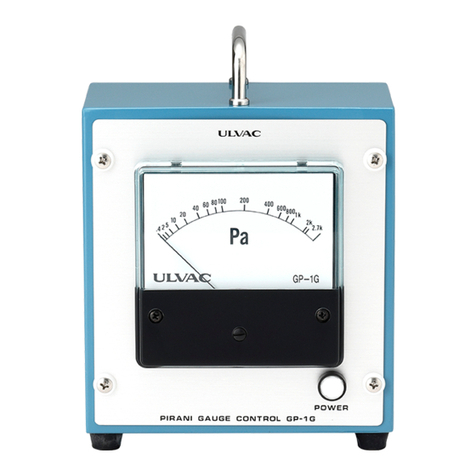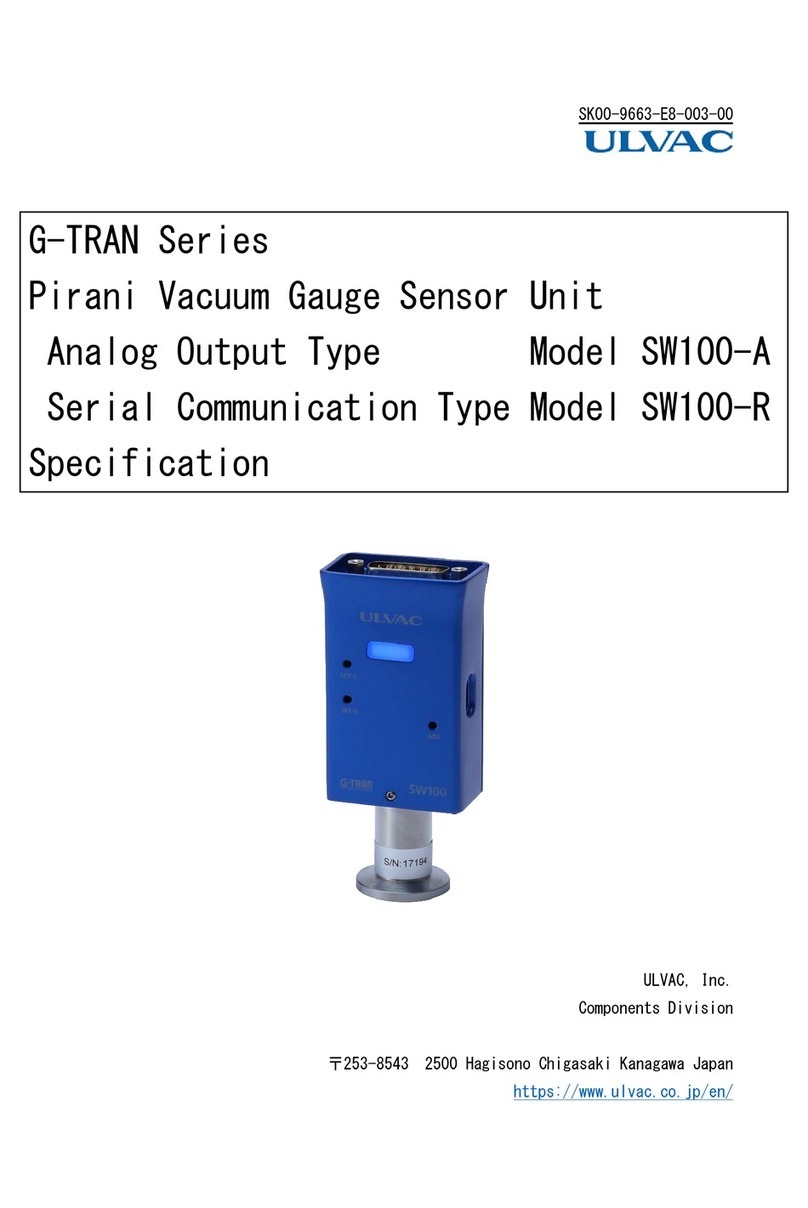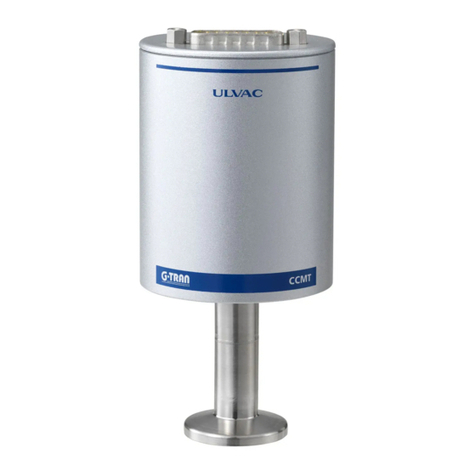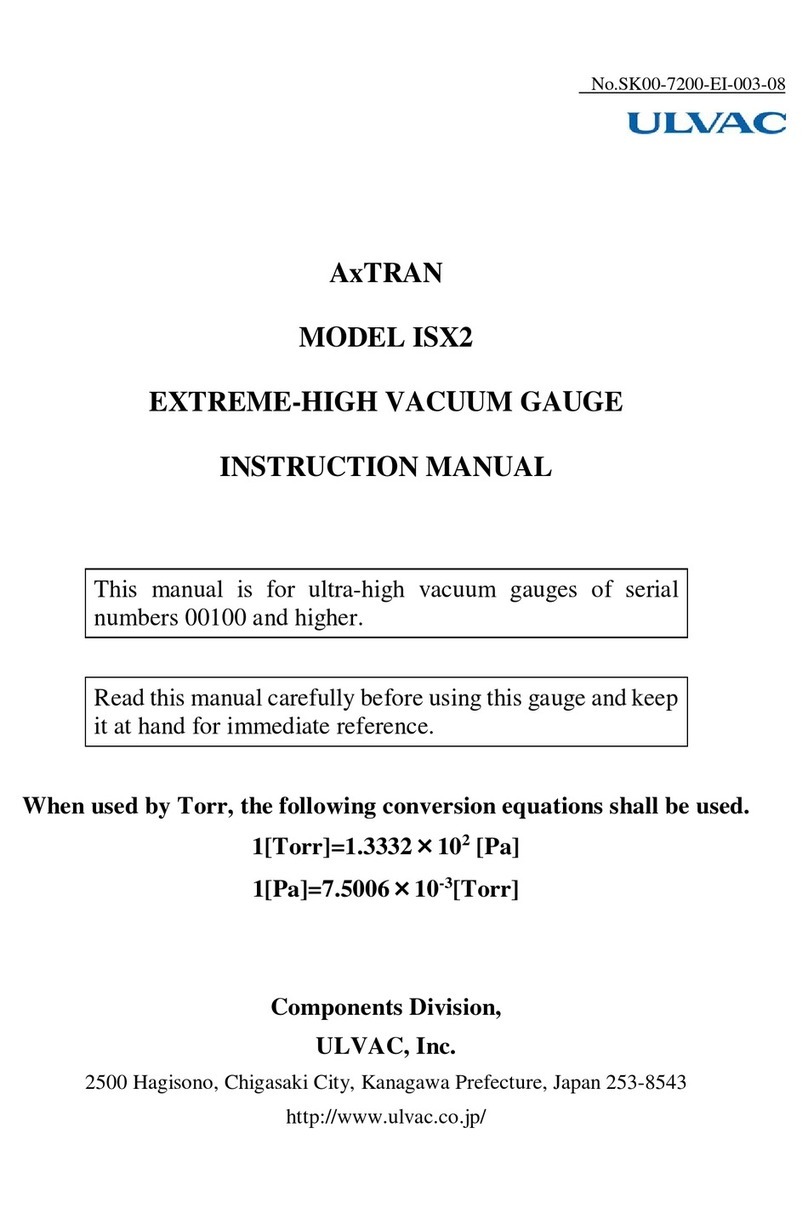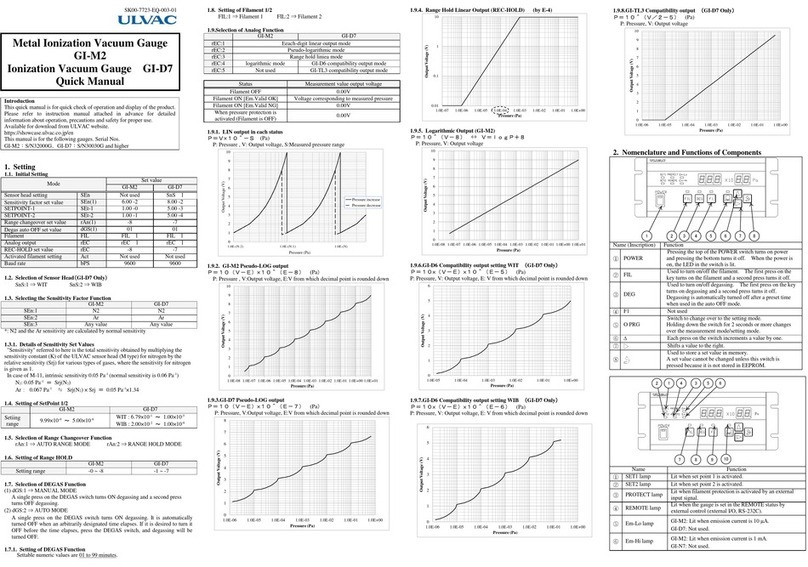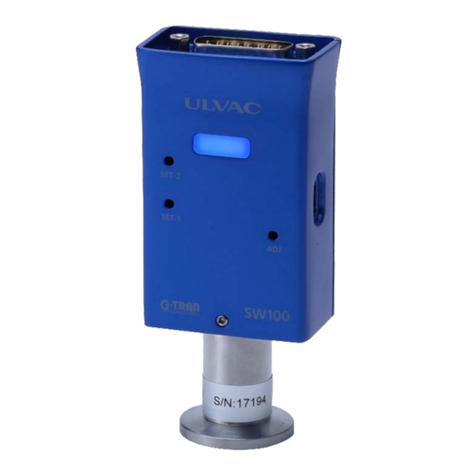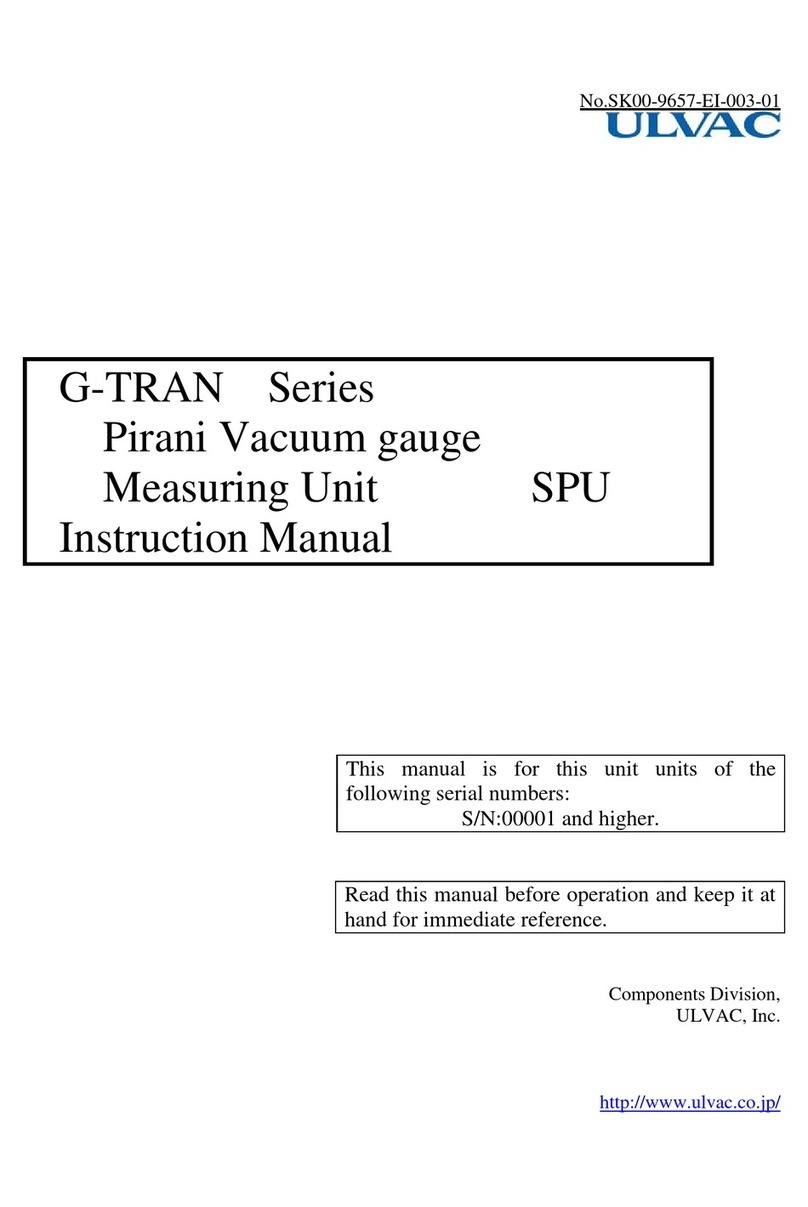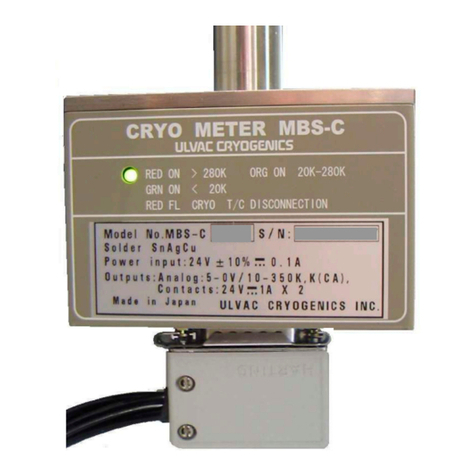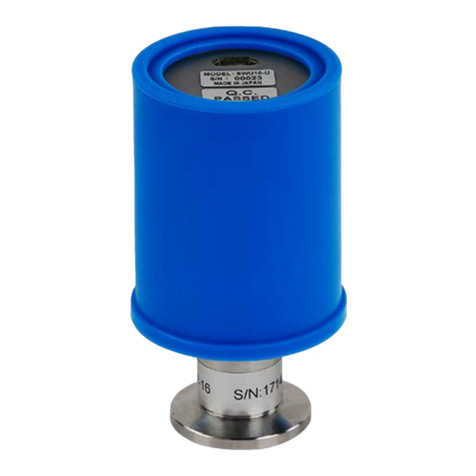
VI
Contents
Page
Prior to Operation I
Safety Denotations I
Safety Precautions II
Revision History Ⅴ
Contents Ⅵ
Attached Drawings Ⅷ
1. TERMINOLOGY ...........................エラー! ブックマークが定義されていません。
2. FEATURES OF SC1 Ion Gauge.............................................................................1
3. SPECIFICATIONS AND COMPONENTS............................................................2
3.1. Key Specifications........................................................................................................ 2
3.2. Standard Accessories................................................................................................... 3
3.3. Options ......................................................................................................................... 3
3.4. Service Parts ................................................................................................................ 3
4. NOMENCLATURE AND FUNCTIONS OF COMPONENTS.............................4
4.1. Assembly ...................................................................................................................... 4
4.2. Front Panel .................................................................................................................. 5
4.3. Input/Output Connector.............................................................................................. 6
5. INSTALLATION .....................................................................................................7
5.1. Preparations................................................................................................................. 7
5.2. Installation................................................................................................................... 7
5.2.1. Installing the sensor head to the sensor unit.................................................. 7
5.2.2. Installing the sensor unit.................................................................................. 7
5.2.3. Electrical connection.......................................................................................... 8
6. CAUTIONS IN HANDLING ..................................................................................9
7. OUTPUT SIGNALS ..............................................................................................10
7.1. Control Operation.................................................................................................... 100
7.1.1. High Voltage ON/OFF [HV ON/OFF] .......................................................... 100
7.2. Output Signals......................................................................................................... 100
7.2.1. Setpoint actuating signal [SET-1 ON/OFF][SET-2 ON/OFF] .................... 100
7.2.2. Discharge valid signal [Discharge OK/NG] ................................................. 100
8. SETTING OF SETPOINT ..................................................................................111
9. FUNCTIONS .......................................................................................................122
9.1. Setpoint [SET-1 ON/OFF] [SET-2 ON/OFF] ......................................................... 122
9.1.1. Setpoint........................................................................................................... 122
9.1.2. Setting of setpoint.......................................................................................... 122
9.1.3. Setpoints of measuring unit and display unit ............................................. 122
9.2. Measurement Value Output................................................................................... 133
9.2.1. Measurement value voltage output form..................................................... 133
9.2.2. Measurement value outputs in each condition............................................ 144
10. MAINTENANCE.................................................................................................155
10.1. Preparation of Tools and Others ............................................................................ 155
10.2. Necessary Tools and Others ................................................................................... 155
10.3. Necessary Equipment ............................................................................................. 155
10.4. Removing the Sensor Unit and Sensor Head ........................................................ 166
10.4.1. Removing Screws........................................................................................... 166
10.4.2. Removing the Sensor Head........................................................................... 166
10.5. Disassembling the Sensor Head............................................................................. 177

